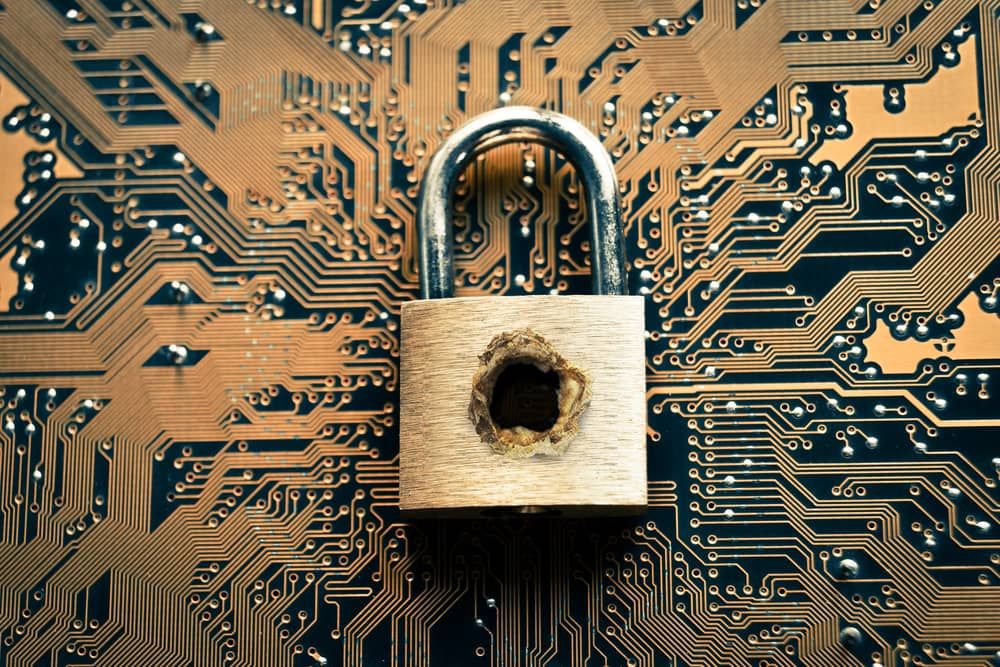5 Steps to Secure Your Campus’s Wi-Fi and Still Support “Free Love”
Technological advancement has transformed higher education. Today, connectivity is no longer a “nice-to-have.” It’s not something that campus...

Like most modern technologies, the Internet is a double-edged sword. It is a powerful tool for educators, mentors, and parents to leverage in educating children, literally putting the world and all of history in their hands. Kids can learn about ancient civilizations, cutting-edge space exploration, world geography, chemistry, and so much more. Yet they can also get their hands on things children should never see, and give the very predators we are trying to protect them from direct access to our precious young ones. CIPA is just one way in which the government is trying to keep children safe on the Internet.
CIPA applies only to schools, libraries, and other institutions that receive discounted Internet services or participate in the E-rate discount Internet program. It came into being in 2000 when Congress passed CIPA (Children’s Internet Protection Act). In 2001, the FCC implemented the rules to support CIPA, and it was updated again in 2011 to address new technological developments. It works in conjunction with Children in the 21st Century Act.
With the right technology, you can make sure the kids are safe even when there isn’t an adult sitting next to them. Monitoring tools and filtering tools help keep the kids out of the bad places, while networking security tools keep the bad guys away from the kids.
While education is a good start in keeping minor children safe online at school, in the local library, and in other community and educational programs, in today’s environment it just isn’t enough. Even adults have trouble distinguishing between safe and unsafe Internet activities sometimes. Plus, even if the kids are doing everything they are supposed to do, it’s way too easy for hackers to break in and start trouble anyway. That’s why networking security is such an important issue.
Are you sure you’re doing all you can do to keep kids safe in your online environment? Visit today to request a quote for the affordable networking security solutions you need.

Technological advancement has transformed higher education. Today, connectivity is no longer a “nice-to-have.” It’s not something that campus...

Did you know that 90 percent of all large businesses have already faced a cyber attack of some kind? Worse, the effectiveness of these attacks have...

The recent SolarWinds hack highlights common problems with the way organizations approach cybersecurity and reinforces the importance of having a...